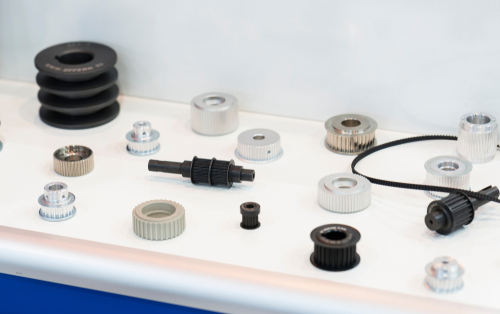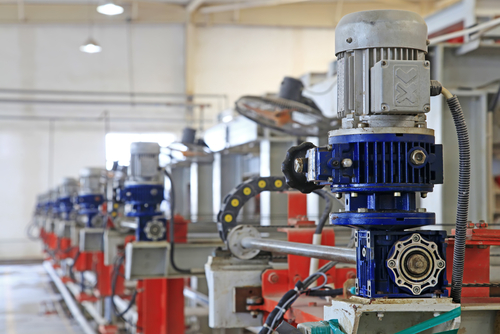When you’re looking for a technical ceramics manufacturer for your ceramic and plastic injection parts molding, knowing as much about the different stages of the process as possible is essential. The more you know, the easier it will be for you to choose the right company to partner with, ensuring an efficient, precise, and cost-effective process. One of the aspects of manufacturing is prototype molds and tooling, so let’s see what you should know about it.
What is an MUD?
 Master unit die is a type of mold insert that uses a standard molding frame with a number of inserts that define the internal cavity shape. Some of the available processes for manufacturing these molds are EDMs (electric discharge machine) and CNC (computerized numerical control) machines, with the CNC process suitable for less-intricate mold inserts.
Master unit die is a type of mold insert that uses a standard molding frame with a number of inserts that define the internal cavity shape. Some of the available processes for manufacturing these molds are EDMs (electric discharge machine) and CNC (computerized numerical control) machines, with the CNC process suitable for less-intricate mold inserts.
Advantages of MUD
The single biggest advantage of MUD molds is that they significantly reduce both the necessary turnaround time and the manufacturing costs per single part or component. The main reason behind this is that experts can remove, redesign, and re-insert these molds without removing the entire tooling from the molding machine.
What’s the difference between aluminum and steel mold tooling?
Steel and aluminum mold tooling variants come with their own sets of advantages. Not every type of tooling is suitable for all manufacturing scenarios, and knowing what their strong suits are helps you better understand why your molders use one or the other:
Aluminum mold tooling
Aluminum tooling is versatile, as it allows for faster alterations during part and process development. The physical properties of aluminum make it easier to machine, meaning aluminum molds are suitable both as prototypes and final manufacturing molds.
Advantages of aluminum tooling
The main advantage of this type of mold tooling is the natural heat conductive properties of aluminum. This material can quickly cool down, making it extremely useful in injection molding, as fast cooling allows for more cycles over a set period of time.
Another benefit of these molds is that they potentially improve the flow of the chosen material through the mold itself. An enhanced flow process reduces the potential for part defects, lowering manufacturing costs.
Steel mold tooling
Injection molders generally use steel tools in high-volume production as opposed to prototype molding. In general, they’re a step up from MUDs and aluminum tooling. When working with steel tooling, designers mainly concentrate on resolving potential production problems, such as gate location, proper mold flow, number and location of air vents, cycle time, as well as material properties.
Advantages of steel tooling
Steel molds are very durable and have long lifespans, making them the most frequently used mold type for mass production. Although not as thermally conductive as aluminum, steel offers a robust and hardwearing solution, especially when coupled with reduced cycle times.
Who’s the top technical ceramics manufacturer I should partner with?

That’s why you should turn to Wunder Mold, the leader in ceramic injection molding. We employ cutting-edge advancements and use suitable mold technology and design to provide our clients with the parts and components they need. We work with bioceramics, advanced ceramic, and other specialized materials to produce parts per your required specifications. Send an email at sales@wundermold.com or call us and let’s see what we can do for you!